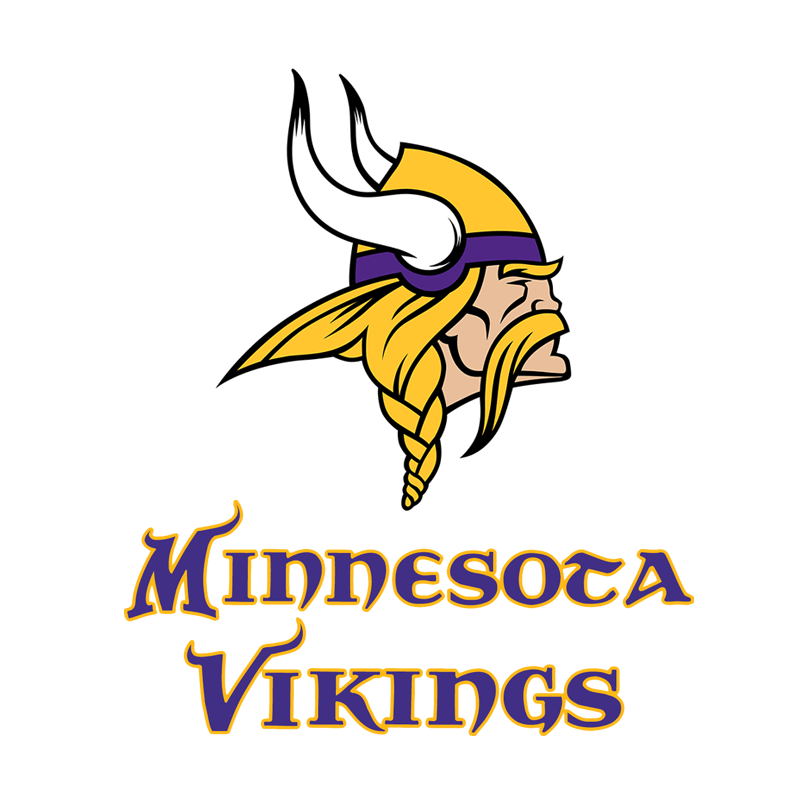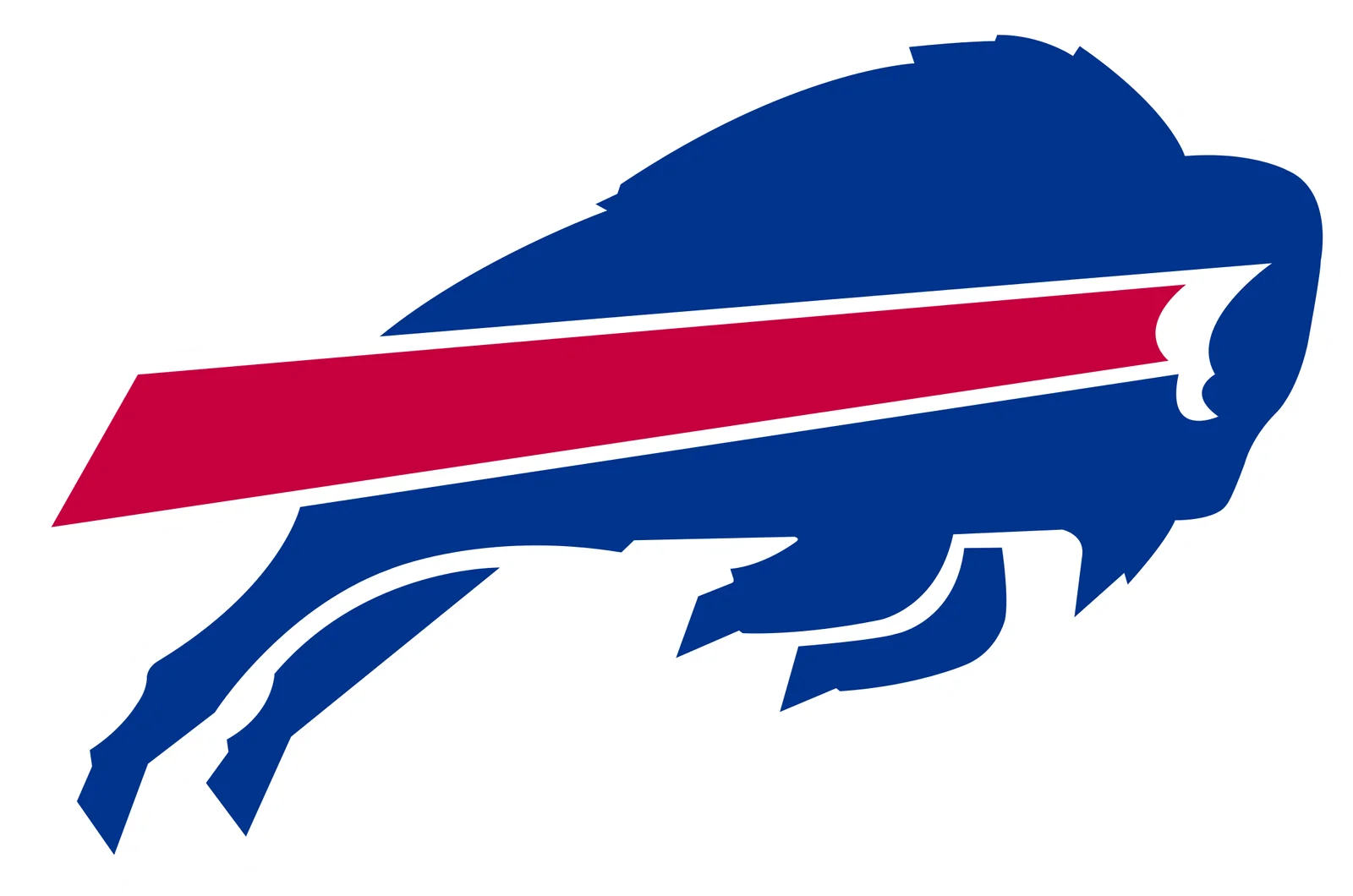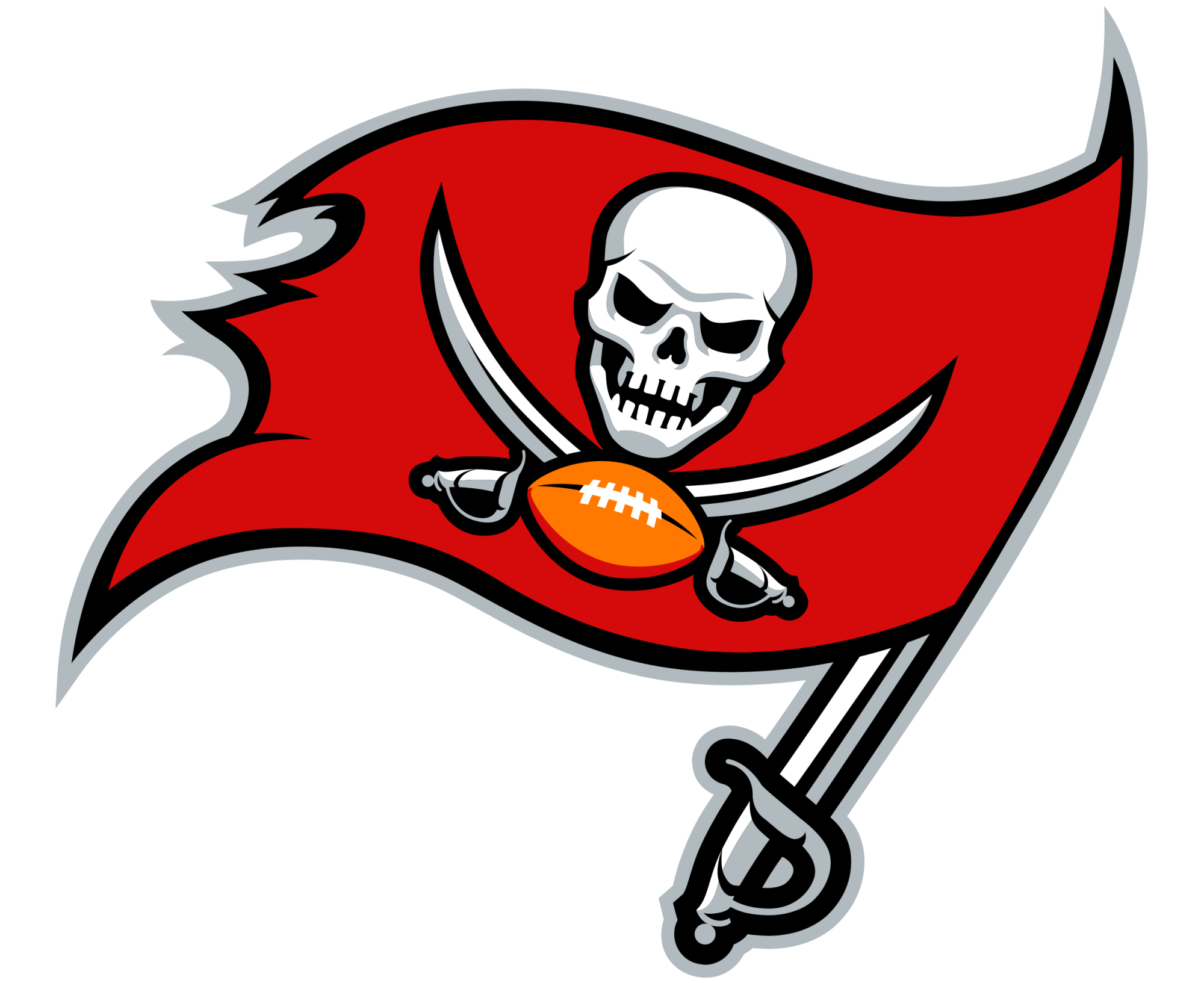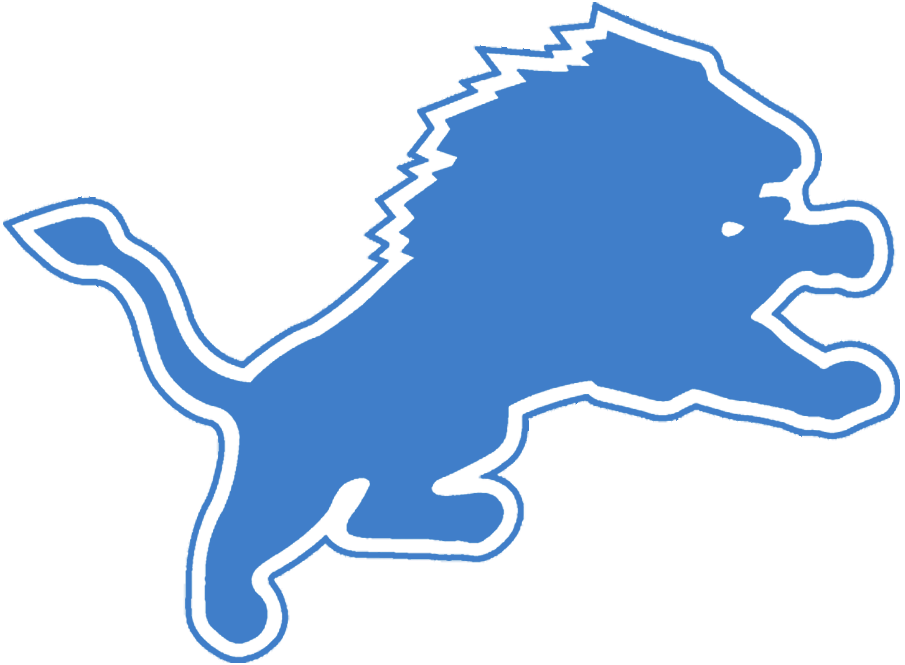Bucs Takeaways: The Pressure’s On For the Defense
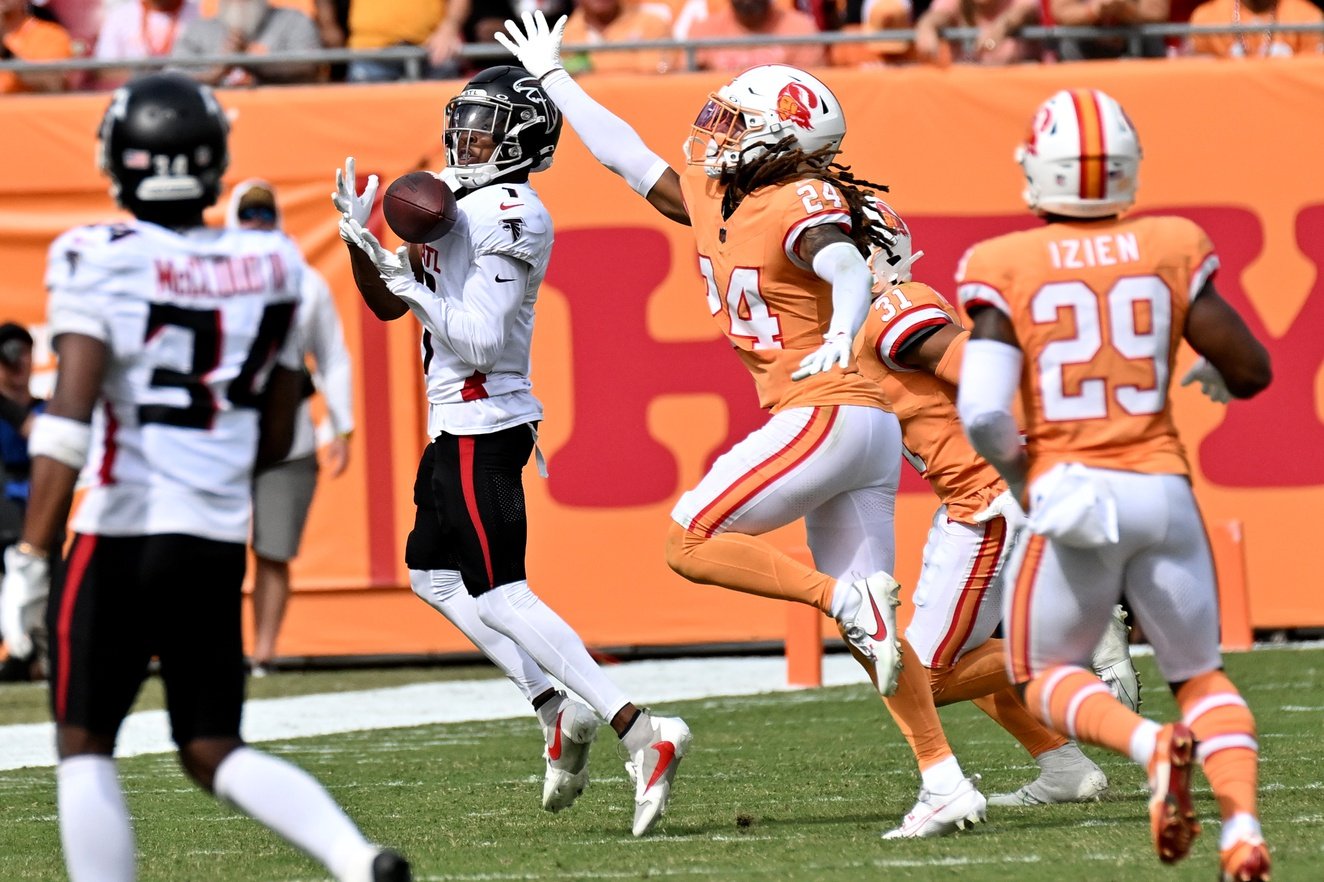
Credit: Jonathan Dyer-Imagn Images
The Tampa Bay Buccaneers dropped their second game to the Atlanta Falcons in four weeks, this time by a score of 31-26. The Bucs, still reeling mentally and physically after their Monday Night Football loss to the Baltimore Ravens, had to quickly move on to face the divisional rival Falcons for a chance to be the sole leader of the division. Instead, they’re now at .500.
The Buccaneers offense was able to control the first quarter, even after a Rachaad White fumble, they were able to still have a seven-point lead early into the second quarter. The second quarter is where things fell apart, as the Falcons were able to get 17 points to take a 24-17 lead going into halftime.
While the defense did stop the bleeding in the second half, two turnovers deep in Falcons territory and a failed fake punt saw the offense repeatedly shoot themselves in the foot. While the team did have a chance to get the win in the final minute, thanks to a missed field goal from Younghoe Koo, they were unable to capitalize.
Here are our takeaways from the Buccaneers’ loss.
The Offense Can Function Without Godwin and Evans
Coming into the game, the main concern for most Bucs fans was around the offense and how they would adjust to losing both Mike Evans and Chris Godwin for extended periods of time. So much of Baker Mayfield’s success had revolved around what both stud receivers provided. Godwin had 50 receptions, Evans had 26, and every other pass-catcher had combined for just 25. Offensive coordinator Liam Coen had the unenviable task of figuring out how to compensate for the loss of their dynamic duo.
Even in a loss, credit Coen with rising to the occasion. The offense thrived despite looking like a totally different unit. Mayfield operated from under center more than ever before and made their trio of running backs and Cade Otton the center of attention. The offense looked very comfortable operating in this new-look scheme with a heavy emphasis on play action and the running game.
Instead of focusing on the downfield ability that Evans provided them, the offense was focused on possessing the ball and keeping the opposing offense off the field, and they bled time off the clock and exhausted the Falcons’ defense, dominating the time of possession early in this game.
Otton shone, rather appropriately, on National Tight Ends Day, dominating the targets early. White also seems to have an increased role in the absence of the top two receivers, as his ability as a receiver gave him the ability to rotate in with Bucky Irving more often, which forced Atlanta’s defense to stay honest. The ability of these players to consistently gain yards after the catch allowed Mayfield to not resort to desperation home-run plays.
Chunk Plays Kill the Defense
Unfortunately, the Buccaneers defense didn’t help the offense at all, giving up chunk plays at will to the Kirk Cousins. It all started on the first drive when, after holding forcing the Falcons to make a fourth-down conversion after White’s fumble, the defense allowed Kyle Pitts to break free for a 36-yard score. This happened yet again, with Pitts again breaking over the middle for another long touchdown (49 yards) to even it up at 14. Then, Kirk Cousins was able to hit Darnell Mooney for a 30-yard score. With one minute and just one timeout left in the second quarter, the Falcons were again able to drive down the field for a short field goal and a seven-point lead at halftime.
All the good that Tampa’s offense had done marching down the field with methodical drives was undone by a defense that gifted Cousins big play after big play. The blame starts with the front seven, which was unable to move Cousins off of his spot for most of the game. The inconsistency in getting to Cousins allowed for the veteran signal-caller to sit back in the pocket and dissect the defense with surgical precisionn. The only time Cousins missed on a home-run swing wasn’t even because of the Buccaneers — Cousins simply underthrew an otherwise sure touchdown to Mooney.
The Buccaneers’ offense, given their injuries and their new style of ball-control football, is much less-suited to mount comeback wins. With games against teams like the Kansas City Chiefs and San Francisco 49ers on deck, Tampa cannot afford to keep giving up these big plays and fall behind. Not with the offense’s current constraints.
Todd Bowles Needed To Send More Pressure
Todd Bowles’ defense struggled all game long to get pressure against Cousins, and a big reason was a near-refusal to blitz. Last season, Tampa had one of the highest blitz percentages in the NFL, but when playing against one of the more immobile quarterbacks they’d face all season, Bowles just decided not to blitz at nearly the same frequency as he had in the past.
The reluctance to send extra bodies at Cousins enabled the avalanche of chunk plays in the first half and ultimately sealed Tampa’s fate. Despite getting carved up regularly, Bowles stayed content to just sending four and playing coverage. The few times they did bring pressure, it proved to be effective, but Tampa’s front four wasn’t able to get to the QB nearly enough.
For this defense to succeed, they are going to need to get pressure, and at the moment, it looks like just sending four every play just won’t do it. Bowles has to adjust.
Up Next

